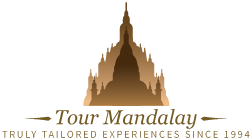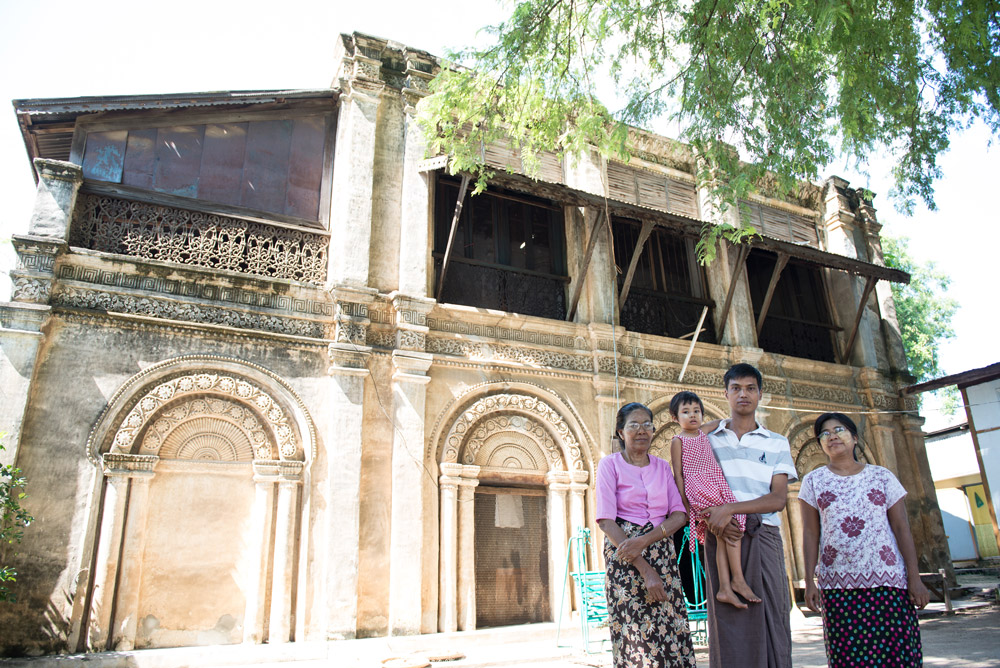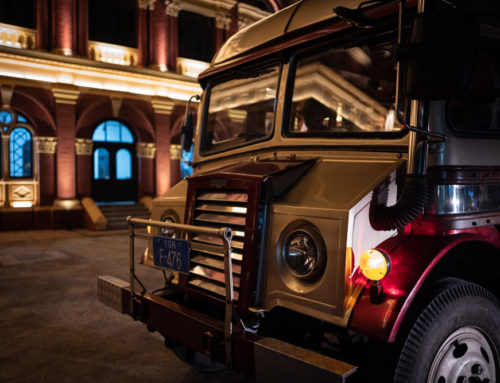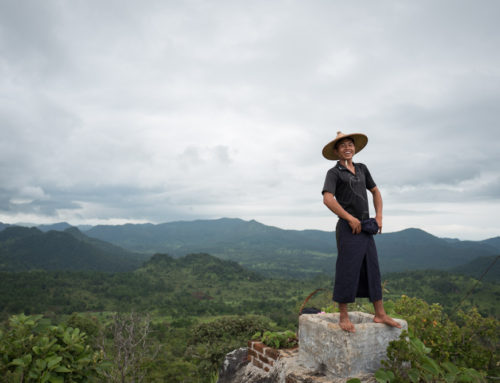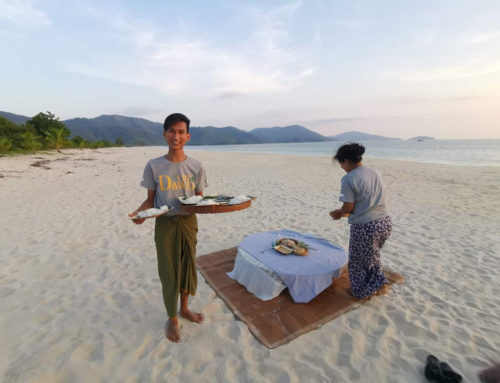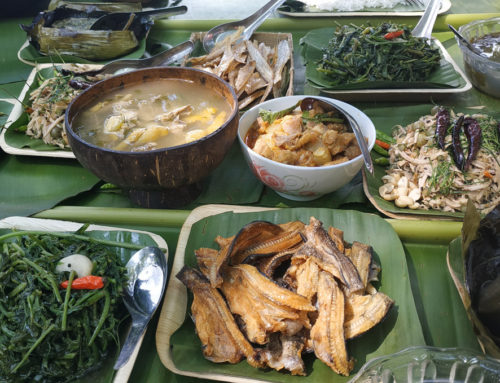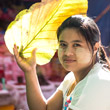A FULL DAY IN SALAY

![]() OVERVIEW
OVERVIEW
Escape the crowds of Bagan and get a sense of the region beyond the iconic pagodas and temples. Located approximately 55-kilometres south of the ancient capital on the eastern bank of the Irrawaddy, the sleepy town of Salay is home to an exquisite 19th century teak monastery, the largest lacquerware Buddha in Myanmar, some beautifully restored colonial mansions, memories of U Po Gyi, sweet plums and more. En route there will also be opportunity to stop at the thronging Chauk market and Nyaung Hla, a little-known village home to hundreds of fruit bats.
![]() PACE
PACE
Easy going
![]() TOUR PERIOD
TOUR PERIOD
Full day
![]() HIGHLIGHTS
HIGHLIGHTS
- Stop at Nyaung Hla village, home to hundreds of fruit bats and the nat shrine of Shwe Pone Shin.
- Visit Chauk and wander through one of Myanmar’s largest and best local markets.
- Step inside Yoke Sone Kyaung, one of Myanmar’s finest and best-preserved teak monasteries.
- Peer inside the largest lacquerware Buddha image in the country.
- Eat lunch at Salay House, a beautifully restored colonial mansion overlooking the Irrawaddy.
- Learn about the town’s most famous and influential resident, U Po Gyi.
- Discover the little-known Sasanayaungyi monastery.
![]()
ITINERARY IN DETAIL
(Click to read)
On a good day the drive from Bagan to Salay will take approximately one and a half hours and there are a couple of worthwhile destinations to stop off at along the way.
The first, a 30-minute drive from Bagan, would be Nyaung Hla village, which translates as ‘Beautiful Banyan’ in Myanmar language. The main attractions here are the thousands of fruit bats that emit high-pitched squeaking sounds from the top of the tall 200-year old tamarind trees. A rare find indeed and the spectacle will surely delight any budding photo enthusiasts. At the bottom of the village, close to the picturesque riverbank, you will also find the shrine of the female nat (a sacred spirit), Shwe Pone Shin. The villagers here are incredibly friendly, so do not be surprised if you are invited inside their house for a chinwag.
The second worthwhile stop is Chauk, home to one of the largest markets in the region. People travel from miles around to source goods from here, and in some sections, you may get the sense that you’ve just stumbled onto a medieval film set. A longyi (Myanmar sarong) would go down particularly well here, as would greeting people with a loud and friendly, “Mingalarbar”.
On arrival into Salay, we’ll first stop at Yoke Sone Kyaung, an impressive teak monastery famous for the intricate wood carvings that adorn its exterior. Inside you can view a selection of rare Buddhist antiques, the likes of which are hard to find anywhere else in the country. Equally as interesting is the 19th century building that neighbours the monastery, used by the present-day monks as sleeping quarters. This was built by the daughter of an influential Burmese merchant, U Po Gyi. U Po Gyi also made the formal request to King Thibaw to build Yoke Sone Kyaung, whom after accepting, famously donated the teak and other materials required for the monastery’s construction.
Across the road from Yoke Sone Kyaung is Man Paya Pagoda, home to the largest lacquerware Buddha in Myanmar. Dating back to the 13th century, this truly is an impressive piece of Buddhist artwork, and it’s one of the only images that allows you to crawl backwards and peer inside (assuming the caretaker’s there to unlock the small door). Five minutes here will be more than enough, but it is well worth the stop, even if it’s just to admire the size and craftsmanship of this sacred image.
Depending on time, we will then stop for lunch at Salay House, a recently restored colonial mansion that now operates as a restaurant, museum, guesthouse and souvenir shop. Here they serve a decent range of home-cooked style Myanmar fare, ranging from curries to salads.
Following lunch, we will visit U Po Gyi’s grand mansion, another unique colonial relic decorated with a variety of lavish stucco designs. Now looked after by a caretaker and his family, a stop here provides further insight into the life of a man who was extremely wealthy, often dabbled in political affairs, dangerously handsome and notorious for breaking the hearts of those he courted.
We hope a surprise highlight will be the little-known Sasanayaungyi monastery, inside of which you’ll find a dusty, cobweb-covered prayer chest packed full of ancient Buddhist manuscripts.
Finish the day with a stop at an independently run shop selling ‘Salay Zithi’, or sweet plum. The shop in question used to make and sell everything onsite, but due to the popularity of this eye-popping treat, the owner now produces everything in a factory on the outskirts of town. The plums are still packaged and coated in sugar here, so there’s no reason not to swing by and sample this regional delicacy.
Return to Bagan in time for dinner; without stopping, this journey will take approximately one and a half hours.
![]()
INCLUSIONS
- Transportation to/from hotel in a shared air-conditioned vehicle
- English speaking tour guide (for other languages, please enquire)
- Yoke Sone Kyaung entrance fee
- Drinking water and hand towel
![]()
EXCLUSIONS
- Lunch
- Accommodation
- Bagan zone fee
- Any other service not mentioned
![]() NOTES
NOTES
- Yoke Sone Kyaung is closed on Mondays.
- You will be expected to remove your footwear and avoid showing too much skin when entering temples, pagodas and monasteries.
- A supplementary fee may apply on certain days – Tour Mandalay will inform you of this beforehand.
![]() PRINT
PRINT
![]() LOCATION
LOCATION
